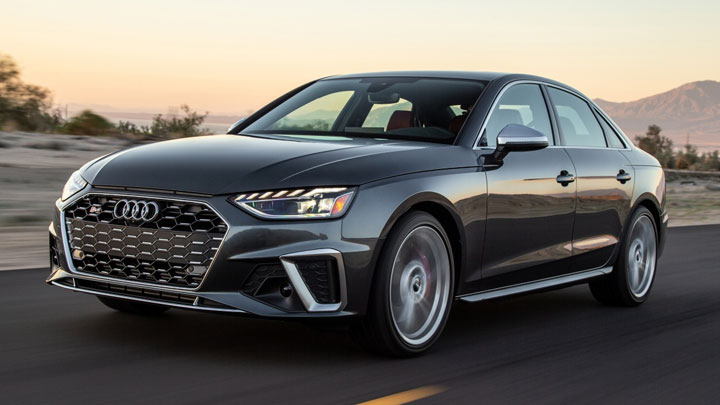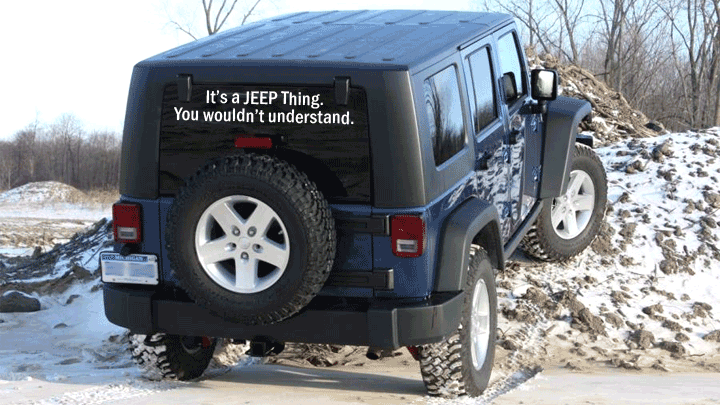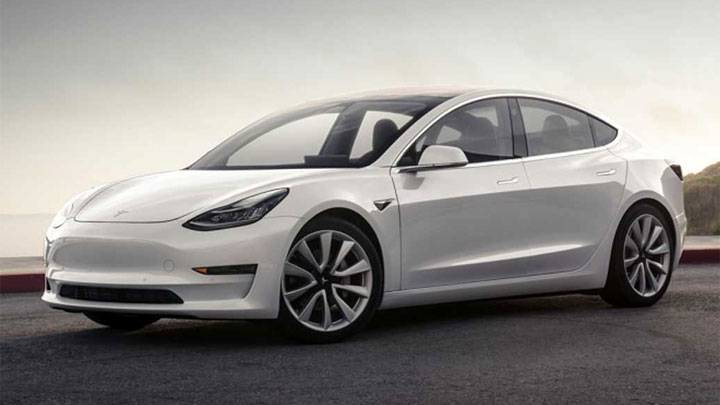Last Updated on July 25, 2022
Go shopping for a vehicle, especially an SUV, and you may find all-wheel drive (AWD) and four-wheel drive (4WD) recorded as the available choices. In both cases, power goes to all four wheels when these systems are running.
While these two approaches work well in slippery conditions, handling is not always improved, and there is no added benefit in braking. We’ll examine both systems to define their similarities and differences.
See Also: Top Sporty Cars Under $50,000
AWD vs 4WD: A Matter of Differentials

So, what’s the difference between AWD and 4WD? They sound the same, so they must operate similarly, right? Well, no. There are distinct differences, even the seller cannot offer a convincing explanation.
Vehicles equipped with AWD come with the center, front and rear differentials. A differential is essentially a box of gears used to tap power from the transmission. In effect, an AWD system sends power to the wheels with the most grip by utilizing the center differential.
Power may be split between two wheels on either the front or the rear axle, and it may also send power to all four wheels at varying levels.
Deciphering All-Wheel Drive
Most AWD systems are based on front-wheel-drive platforms, and they are frequently used with the car-based architecture employed by many of today’s crossovers.
Mainstream cars utilizing AWD include the Subaru Legacy and the Toyota Camry. Luxury models with AWD include the Audi A4. The Subaru Ascent, Chevrolet Equinox, and Audi Q7 are examples of crossovers offering AWD.
In virtually all cases, power is distributed to axles or individual wheels as necessary. AWD systems are always on, ready to dispense power in a manner that optimizes grip in the current driving condition.
Related: Best AWD Cars With Good Gas Mileage
Examining Four-Wheel Drive

While AWD usually corresponds to cars, 4WD is typically used with truck platforms, and you will find it in pickups like the Nissan Frontier and GMC Sierra 1500. Nevertheless, few of today’s SUVs use them, with the Jeep Bronco and large models such as the Chevrolet Suburban, Toyota Sequoia, and Jeep Wagoneer among the notable exceptions.
Most SUV builders have transitioned away from truck-based (body-on-frame) designs to car layouts for improved body rigidity, superior handling, and superior fuel economy.
The High and Low of 4WD

Vehicles equipped with 4WD utilize a pair of differentials and a transfer case. In this arrangement, each axle has a differential, with the transfer case tasked with splitting power between the two.
Contemporary 4WD systems are generally set in motion through a dial or switch located in the cabin and frequently have High (4 Hi) and Low (4 Lo) 4WD gears. When positioned in “HIGH”, you can travel at higher speeds, up to a certain limit as outlined in your owner’s manual.
When operating in “LOW”, low-range gearing is at work, supplying you with more power when climbing rocks or navigating through the sand. Moreover, if you are caught in a furrow, low-range gearing is what will free you. You will not use Low range elsewhere as it is designed exclusively for low-speed driving.
Read Also: How Does a Slip Yoke Eliminator Work?
An Electrified Variation on the AWD Theme

Some electric cars and hybrids, for instance, the Tesla Model 3 and the Acura RLX SH-AWD, also utilize AWD, but not in the conventional sense.
For the Model 3, there is no mechanical linking (center differential) connecting the two axles. Instead, there is one electric motor powering the front wheels and one or two electric motors on the rear axle, with a computer controlling how power is delivered between the axles and wheels.
Acura uses a similar arrangement with the AWD system found in select RLX models, but the manufacturer also utilizes a gasoline engine for improved performance. Here, you will find an electric motor running with a conventional transmission up front and two rear electric motors functioning independently at each rear wheel.
AWD Systems That Mimic 4WD
Manufacturers sometimes market AWD models as 4WD. These systems can do a fairly decent job of mimicking 4WD, but they do so without a transfer case.
For instance, certain 2017 Ford Explorer models come equipped with what the automaker calls “intelligent 4WD” and a terrain management system. The first term uses a computer to automatically manage handling and traction, balancing the way the power is split between the two axles.
Meanwhile, the terrain management system lets the driver dial in settings for specialized conditions such as sand, mud, snow, and gravel. Truly, this is a clever AWD system providing benefits like 4WD.
Now that you know the distinctions between AWD and 4WD, you can shop accordingly. Even so, keep in mind that both AWD and 4WD add weight to the vehicle, which often reduces fuel economy. Finally, neither system is a substitute for safe driving.
Read Also: 25+ Cars With 4-Wheel Steering




